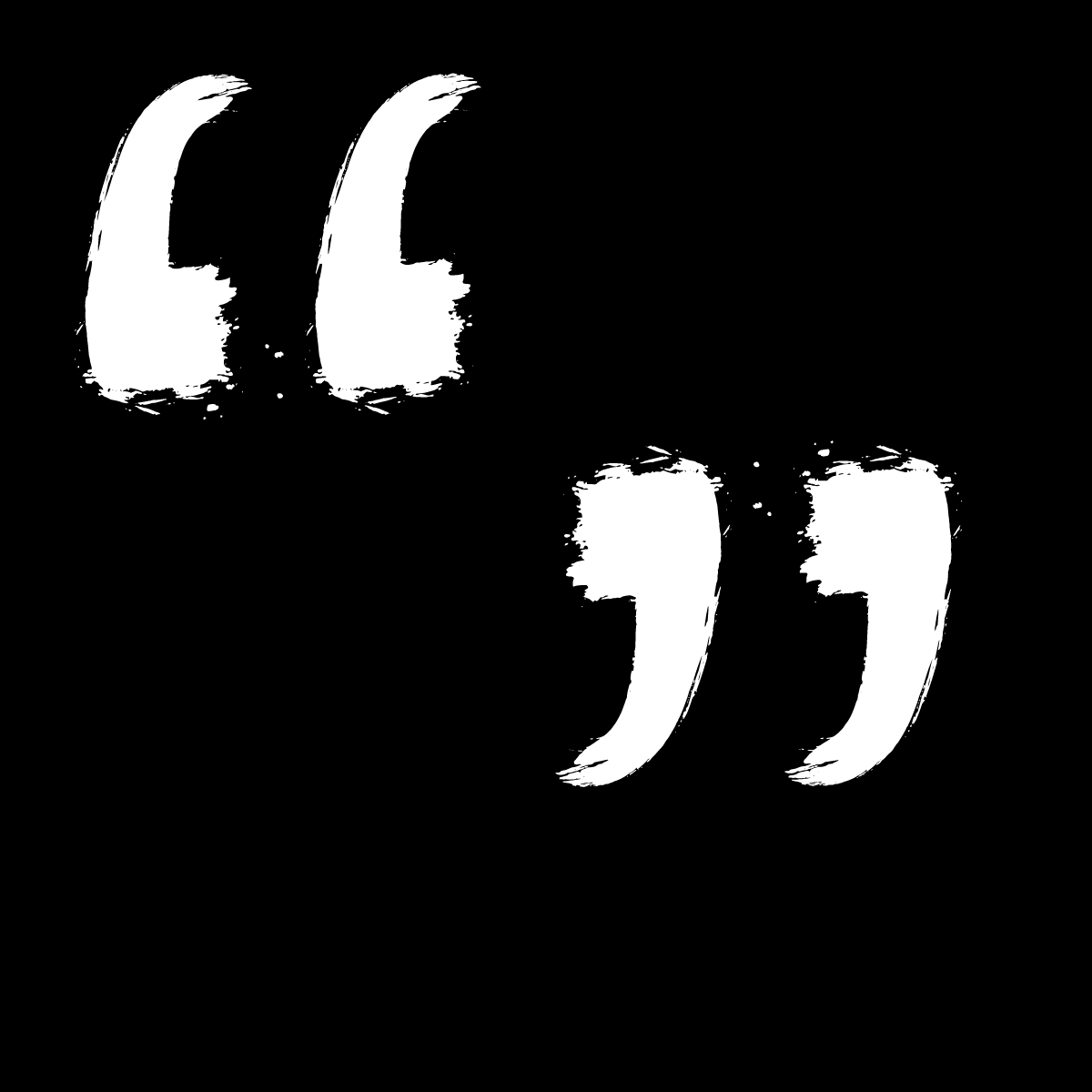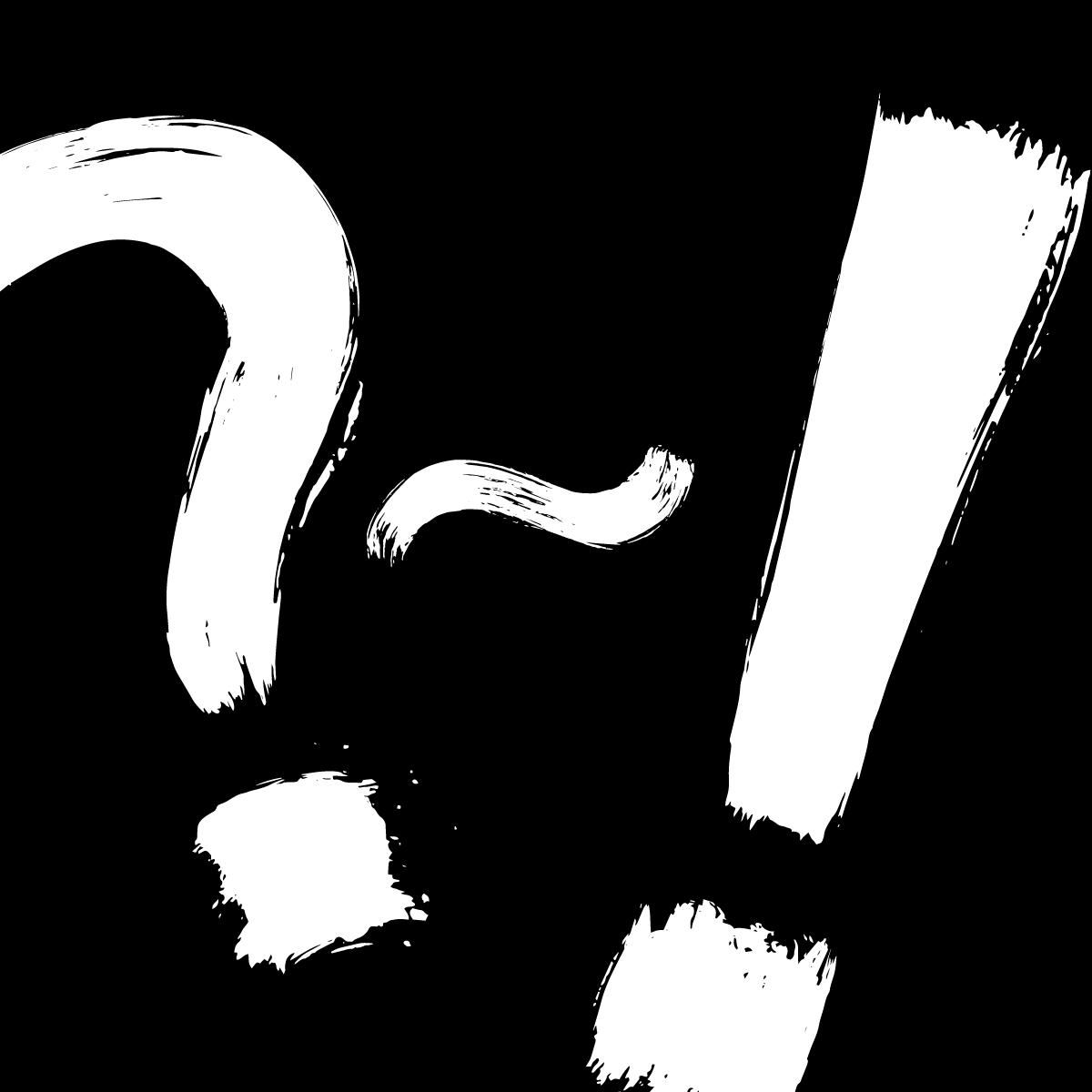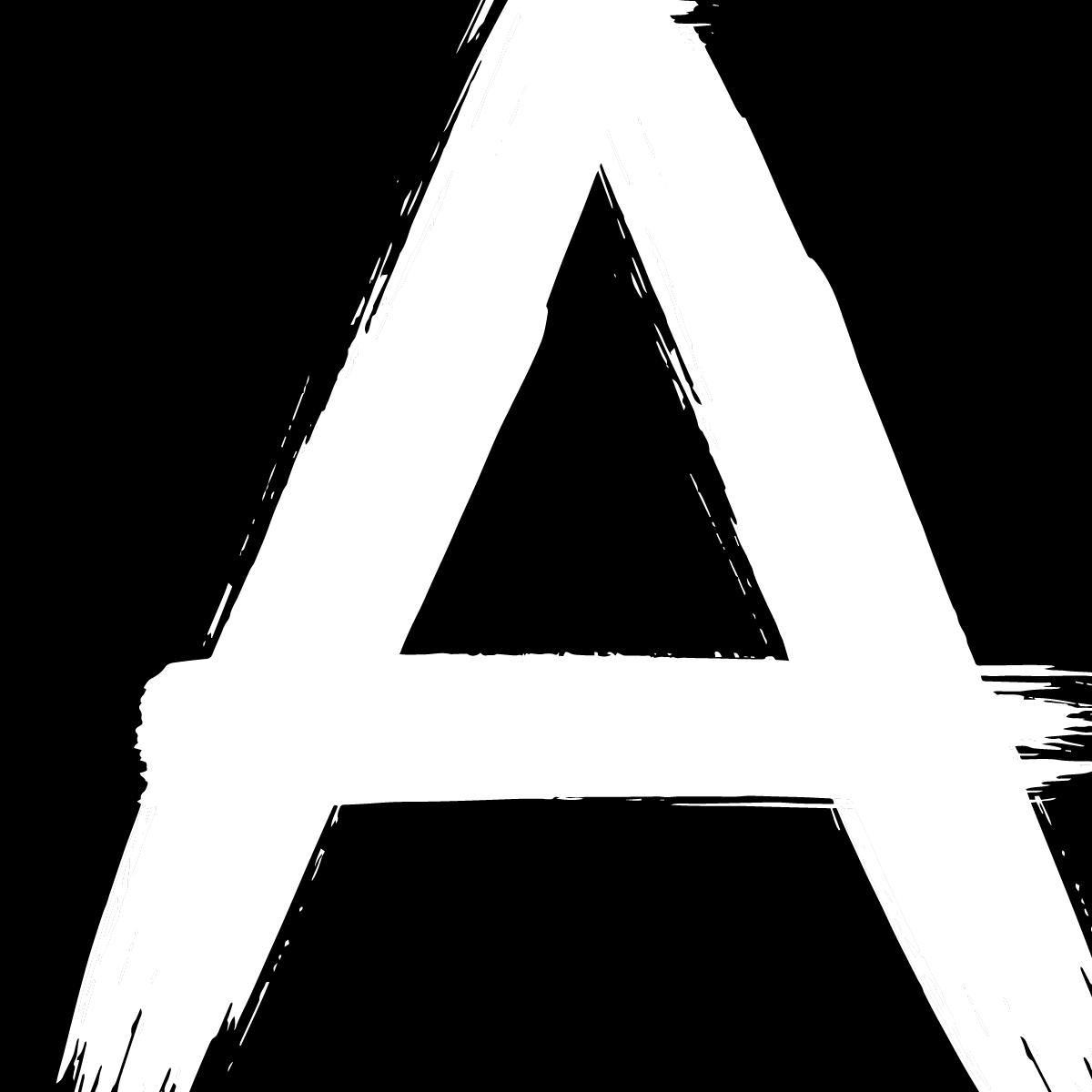Punctuation in Poetry
Punctuation
in Poetry
Experimentation with punctuation can be used to convey nuanced meaning
Sanam Goodman
On a morning in 1916 Don Marquis, columnist for the New York Evening Sun, arrived at work to discover a verse on his typewriter:
expression is the need of my soul
i was once a vers libre bard
but i died and my soul went
into the body of a cockroach
it has given me a new outlook on life
A cockroach named Archy, who was once a poet in a previous life, had decided to make use of the opportunity of an empty office and began typing free verse pieces into Marquis’s typewriter over the course of twenty years, jumping from key to key. Due to his size, Archy could not reach the shift key when typing which resulted in a total lack of punctuation and capitalisation within his written pieces, which were comedic commentaries on life as a cockroach and published by Marquis in his newspaper column.
Many interpreted the published pieces as a vitriolic commentary on the then recent modernist perspective on the use of punctuation within poetry and verse, namely the limitations it poses on self-expression and voice. To quote Albert Mockel, a Belgian symbolist poet:
Let’s not make the poem bristle with parasitic full stops and commas. They bother the eyes, they slow the momentum of the stanza, and above all they take away from the lines’ appearance of being an absolute thing.
Modernists believed that the removal of punctuation resulted in a sense of immediacy, giving a verse the power to exist as its own whole entity without the clutter of punctuation to distract the eyes of readers. Many counterclaims have surfaced since, regarding the role of punctuation within poetry, instead stating that punctuation serves a multifaceted function of enhancing poetic verse and aiding poets in achieving a distinct mood, voice and rhythm within their text. Punctuation assists in the communication of tone, inflection and definition and, when used in an innovative manner, can contribute to the potential of a poem to exist as a visual object. Such perspective demands that punctuation be read and interpreted with the same regard as accompanying poetic devices, further cementing the notion that the careful use of punctuation is imperative to readers subsequently deducing the meaning and intention behind a poem. Through examining a number of prolific poets, it can be concluded that the calculated placement of punctuation is one of the most important poetic devices in achieving poetic articulation and conceptual understanding between poet and reader, rejecting the modernist notion of punctuation existing merely to clutter and impose limitation on creative self-expression.
“Modernists believed that the removal of punctuation resulted in a sense of immediacy”
EE Cummings remains at the forefront of pioneering a resurgence of punctuation use in a manner that is stylistically unique and contributes to the previously mentioned notion of the poem existing as an aesthetic object. Cummings’s use of punctuation, according to critics, is done so in a way where poetic content is both foregrounded and supported by the aesthetic design of the poem with punctuation devices contributing to the interpretation of both in a harmonious manner.
Parentheses feature heavily across Cummings’s poems, though far from their traditional usage. Parentheses (also known as brackets) are utilised in text to isolate additional information that does not affect the meaning of the sentence it is placed in. They are also used to attach internal comments made by the writer in regards to the text. Parentheses are commonly regarded as an addendum to text and not imperative to the meaning or content of written work—their ‘tone’ can be likened to a whisper, or an afterthought. In ‘dying is fine) but Death’ one half of a parentheses features in the title, a use that is already rejecting the conventions of punctuation and foreshadowing the further use of parentheses throughout the poem. His next use of parentheses occurs in the passage:
for
when(instead of stopping to think)you
begin to feel of it, dying
’s miraculous.
Within this example, ‘instead of stopping to think’ isn’t imperative to the meaning of the sentence, however it does slightly alter the interpretation and wouldn’t traditionally be placed inside brackets—placed within dashes would be a more conventional use. The brackets serve to highlight the text within them, urging readers to focus on the difference between ‘thinking’ and ‘feeling’, especially in relation to the looming concept of death. He then goes on to write:
be
cause dying is
perfectly natural;perfectly
putting
it mildly lively(but
Death
is strictly
scientific
& artificial &
evil & legal)
Again, the parentheses are used to highlight the text within them rather than separate. In this case, the words inside them are imperative to the meaning of the whole passage, where a comparison between ‘death’ and ‘dying’ is taking place. Cummings rejects the traditional use of parentheses to contain a side thought, and instead uses them to focus on the predominant concept within his poems.
Cummings also uses parentheses to serve an aesthetic purpose, as can be observed in his poem ‘may i feel said he’. There is a distinct calculated design taking place within the layout of this poem, where the eight pairs of parentheses are around phrases two lines long to begin with (lines 2–3), then three (lines 5–7), then four (lines 9–12), then five (lines 14–18)—around the middle of the poem—then drop back down to four (lines 20–23), then three (lines 25–27), then two (lines 29–30), and finally one (line 32), which is the last line of the poem. Such use of parentheses has a dual purpose; firstly, for a symmetrical aesthetic layout of the poem and secondly, to mimic the tension and ‘back-and-forth dialogue’ between the male and female subjects in a way that highlights the straightforward depiction of the male and timid depiction of the female.
may i feel said he
(i’ll squeal said she
just once said he)
it’s fun said she
(may i touch said he
how much said she
a lot said he)
why not said she
(let’s go said he
not too far said she
what’s too far said he
where you are said she)
may i stay said he
(which way said she
like this said he
if you kiss said she
may i move said he
is it love said she)
if you’re willing said he
(but you’re killing said she
but it’s life said he
but your wife said she
now said he)
ow said she
(tiptop said he
don’t stop said she
oh no said he)
go slow said she
(cccome?said he
ummm said she)
you’re divine!said he
(you are Mine said she)
See our style guide page for more on the uses of Parentheses, Brackets and Braces.
Cummings’s poem ‘[l(a]’ utilises parentheses to signify the linear actions of different images, where two events are occurring at the same time within the poem; a leaf falling (a/ / le/ af/ fa/ / ll/ / s) and loneliness (l(a/ / le/af/fa/ / ll/s)/one/l/ / iness).
The tempo of a poem is generally determined through the use of ‘stops’, that is, full stops, commas, colons and semicolons, placed between words and phrases to separate, create pauses and allow ‘breathing space’ for readers. Much of Cummings’s work depicts the movement and action of bodies and nature with an overarching sexual tone, so not only does the tempo of the poem need to be regarded, but the tempo of the actions within the poem also need to be taken into consideration. These mirror each other through the use of punctuation. Cummings bends the rules of punctuation, so to speak, and places such ‘stops’ between letters of adverbs to depict the speed and rhythm of the actions being carried out within the poem, which can be seen in his piece ‘she being Brand’ where he describes a sex act as:
slowly;bare,ly nudg. Ing
Hyphens, conventionally used to join words and parts of words together, also feature heavily across the poems of Cummings, though not utilised in their traditional form. Alongside dashes, they are used for emphasis rather than to join, and commonly occur between individual letters within a word such as when he describes a thing as:
in p-e-r-f e-c-t-l-y-d-e-a-d
and writes
not-mere-ly-wonder-ing-&
l(a
le af fa
ll
s) one l
iness
Readers are essentially forced to focus on the letters and words that are emphasised, alluding to the fact that the content within and around the hyphens play a major role in understanding the broader scope of the poem. Hyphens are used to mimic spoken language and contribute to the tempo of the poem, as can be seen in the phrase:
O the sun comes up-up-up in the opening
Though Cummings’s poetry was, for the most part, eventually received in good nature with much of his poetic success stemming from his unconventional use of punctuation, Emily Dickinson’s use of dashes are still regarded by many as being ‘haphazard and meaningless’, with attempts at theorising them usually concluded with a disregard for her intention and artistic method. In a now famous letter, Dickinson herself once said:
— I wanted to write, and just tell you that me, and my spirit were fighting this morning. It isn’t known generally, and you must’nt tell anybody. … That is’nt an empty blank where I began - it is so full of affection that you can’t see any - that’s all.
Dickinson’s dashes are full of energy, impulsivity and emotion, jolting readers with the fervency they carry. Using a passage from ‘Blank to Blank’ as an example, where Dickinson writes:
I pushed Mechanic feet–
To stop – or perish –
or advance –
Alike indifferent –
There is an overarching sense of immediacy and force, the poetic structure mimicking the mechanic movements mentioned within the poem. Juxtaposing it against the same passage with the dashes removed, it is clear that the dashes are strategically placed to create such mechanical energy;
I pushed Mechanic feet
To stop or perish
or advance
Alike indifferent
The predominant form of progression within much of Dickinson’s work is in the form of dashes, showcasing the sense of immediacy with her expressions of speech. There is a deliberate rejection of traditional use of grammar and punctuation with Dickinson’s poems and this results in an innovative creation of ‘fragmented language’, forcing words to come together like thread between fabric and attributing a totally new meaning to the words and phrases that are used. Dickinson, much like Cummings, uses her dashes to create emphasis and ensure no part of her poem goes unmissed, gesturing to readers the importance of the words around them.
Dickinson also explores concepts of excitement and enthusiasm through her continued use of exclamation marks, which became quite a recurring theme throughout the middle of her writing career. Dickinson relied on the heavy use of exclamation marks throughout her poetry to communicate intensity—in both a positive and negative context—and create a sense of rhythm and musicality:
My friend must be a Bird
— Because it flies!
Mortal, my friend must be,
Because it dies!
Barbs has it, like a Bee!
Ah, curious friend!
Thou puzzlest me!
Juxtaposed against the unpunctuated poems of modernism representing the deadpan, afraid to impose emotion on readers or fall victim to control and dictation, poetry that utilises punctuation in a manner that rejects convention and tradition creates a unique aesthetic and literary dimension for readers. From Cummings through to Dickinson, punctuation is commonly utilised as a poetic device that contributes to the rhythm, tone, emphasis and ability to exist as a visual object that a poem may contain, rejecting the post-modern notion that punctuation clutters, confuses and strips writers and readers of agency and freedom of expression.









